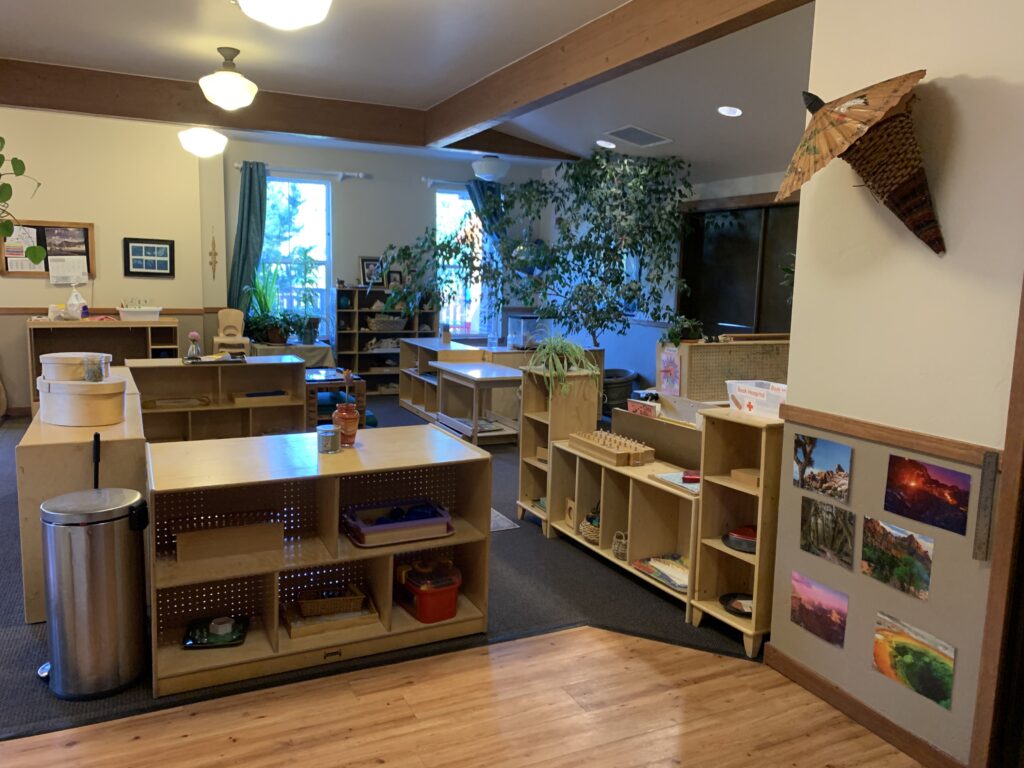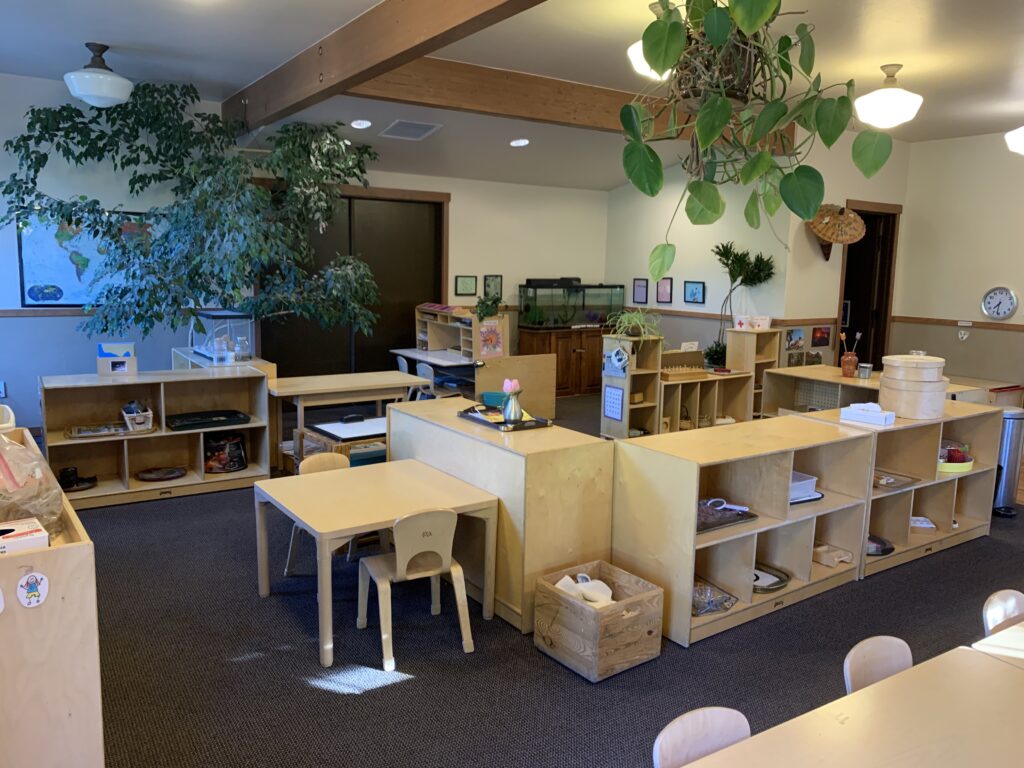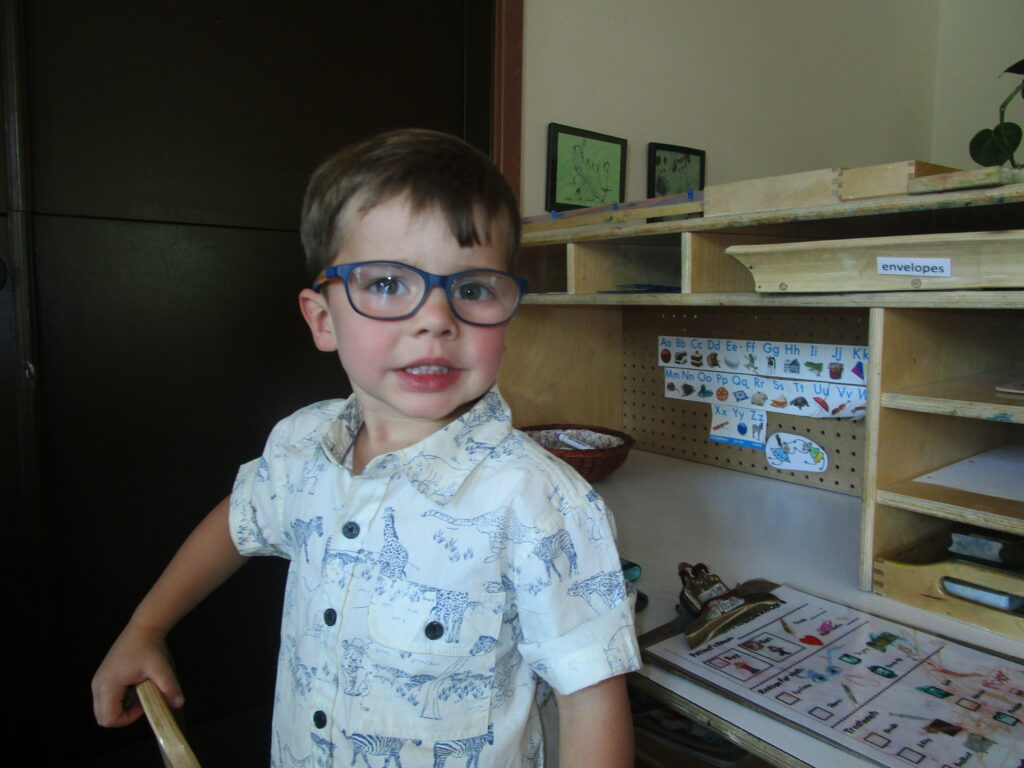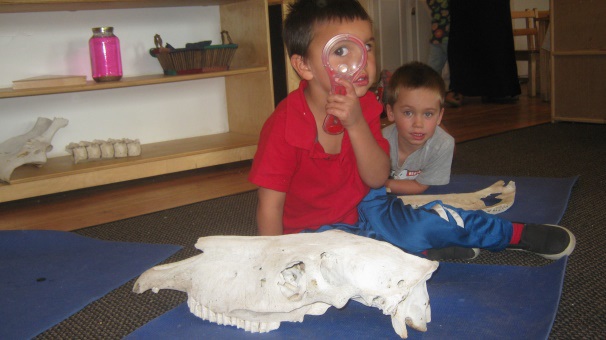Black Bears: Last Year of Pre-School
Everyday Mathematics:
Everyday Math is a comprehensive curriculum embracing many of the traditional goals of school mathematics. An ever-increasing demand for mathematics competence and problem-solving agility both in and out of school requires us to continue to change both the math we teach and how we teach it- Everyday Math makes these changes by helping the children build and maintain basic skills while helping you use everyday, real-world problems, and situations to nurture their higher-order and critical-thinking skills. Here’s how: 1. “It is consistent with how children actually learn mathematics as builds understanding over some time, first through informal exposure and then through more formal and directed instruction. Because learning proceeds from the known to the unknown, new learning needs to be connected to, and built upon, an existing knowledge base.”
2. “Mathematical content is taught in a repeated fashion, beginning with concrete experiences. It is a mistake to proceed too quickly from the concrete to the abstract or to isolate concepts and skills from one another or problem contexts.” Children need to revisit topics, concepts, and skills, and then relate them to each other in new and different ways.” In summary, Everyday Math is committed to establishing high standards for our nation’s schools. The program assumes that virtually all children are capable of a much greater understanding and success in mathematics and it provides the features and materials you need to help the children meet those higher expectations.
Zoo Phonics:
The Zoo Phonics program uses an animal theme because it is universally relatable to children. By associating each letter with the shape and sound of an animal, children can easily remember and recognize the letters. The sound of each letter is taught through the corresponding animal’s name, and a body movement, or “signal,” is associated with each letter to further reinforce the connection. For example, the alligator character opens and closes its jaws, the bear reaches up to a honey hive, and the cat washes its face with its paw. This multi-sensory approach helps children retain the information more effectively. Additionally, Zoo Phonics encourages children to learn through movement and expression, tapping into their natural inclination to be active learners. The program also prioritizes lowercase letters and letter sounds over capital letters and names, as capital letters are used infrequently in reading. By focusing on these foundational concepts first, Zoo Phonics aims to support and accelerate children’s reading development.










